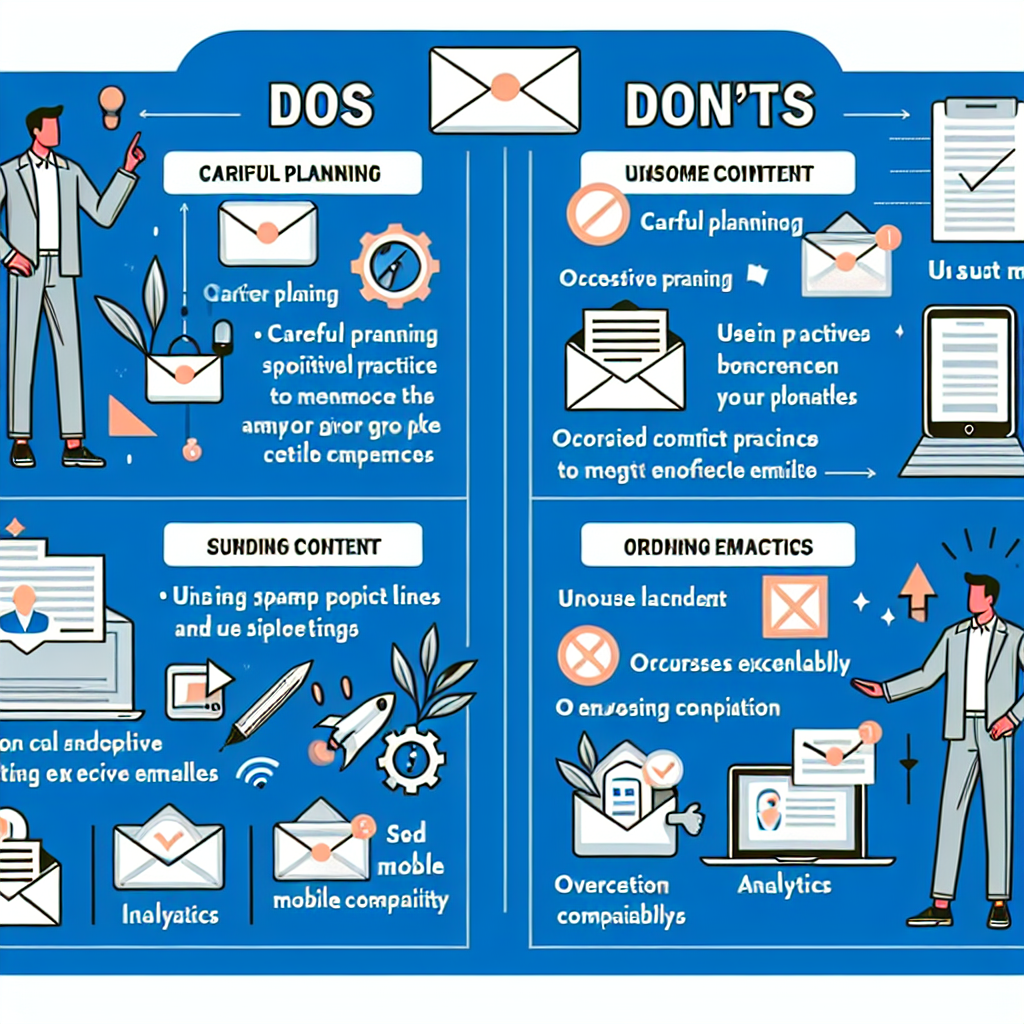Building Engagement with Interactive Emails
In today’s digital world, email marketing remains one of the most effective channels for businesses to connect with their audience. However, with the average office worker receiving over 120 emails per day, standing out in a crowded inbox is challenging. This is where interactive emails come into play. By incorporating interactive elements, you can significantly boost engagement and drive better results.
What Are Interactive Emails?
Interactive emails are designed to include elements that encourage recipients to engage directly within the email. Unlike traditional static emails, interactive emails allow users to take actions, such as clicking, swiping, or entering information, without leaving the email itself. This can lead to higher engagement rates and a more immersive experience for the reader.
The Importance of Interactive Emails
According to a study by Litmus, interactive emails can increase click-to-open rates by up to 73%. Additionally, Campaign Monitor found that interactive emails can boost conversion rates by 300%. These statistics highlight the significant impact that interactive elements can have on your email marketing campaigns.
Types of Interactive Elements
There are various types of interactive elements you can incorporate into your emails to enhance engagement. Here are some popular options:
1. Carousel Images
Carousel images allow users to swipe through multiple images within a single email. This is particularly useful for showcasing products, highlighting features, or telling a story. For example, Nike used a carousel in one of their emails to showcase different color options for a new shoe release.
2. Accordion Menus
Accordion menus enable users to expand and collapse sections within the email. This is an excellent way to provide additional information without overwhelming the reader with too much content at once. It also allows the reader to choose what content they want to engage with. For instance, REI used accordion menus in their holiday gift guide email to allow users to browse gifts by category.
3. Polls and Surveys
Including polls and surveys in your emails can be a great way to gather feedback and engage your audience. This not only makes the email more interactive but also provides valuable insights into your customers’ preferences and opinions. For example, Spotify sent out a survey asking users about their music preferences to curate personalized playlists.
4. Animated GIFs
Animated GIFs can add a dynamic element to your emails, capturing the reader’s attention and making the content more engaging. They are particularly effective for demonstrating product features or adding a touch of personality to your brand. Netflix often uses GIFs in their emails to promote new shows and movies.
Best Practices for Creating Interactive Emails
While interactive emails can significantly boost engagement, it’s essential to follow best practices to ensure they are effective and provide a positive experience for the reader. Here are some tips to keep in mind:
1. Keep It Simple
While it’s tempting to include multiple interactive elements, it’s essential to maintain a balance. Overloading your email with too many interactive features can overwhelm the reader and dilute the effectiveness of each element. Focus on one or two key interactive elements that align with your campaign goals.
2. Ensure Mobile Compatibility
With over 50% of emails being opened on mobile devices, it’s crucial to ensure that your interactive emails are mobile-friendly. Test your emails on various devices and email clients to ensure a seamless experience for all users.
3. Use Clear Calls to Action (CTAs)
Interactive elements should have a clear purpose and guide the reader towards a specific action. Use clear and compelling CTAs to encourage engagement and drive conversions. For example, if you’re using a carousel to showcase products, include a “Shop Now” button for each item.
4. Test and Optimize
As with any marketing strategy, testing and optimization are key to success. Use A/B testing to determine which interactive elements resonate most with your audience and continually refine your approach based on performance data.
Case Studies of Successful Interactive Email Campaigns
To illustrate the effectiveness of interactive emails, let’s look at some real-world examples of successful campaigns:
1. Nest’s Interactive Email
Nest, a smart home products company, created an interactive email to promote their smart thermostat. The email featured a slider that allowed users to adjust the temperature and see how the thermostat responded. This interactive element not only engaged the reader but also demonstrated the product’s functionality in a unique and memorable way.
2. Burberry’s Personalized Email
Burberry used interactive emails to create a personalized shopping experience for their customers. The email included a carousel showcasing different trench coat styles, allowing users to swipe through and view each option. Additionally, the email featured an interactive size guide to help customers find their perfect fit. This personalized approach resulted in a 50% increase in click-through rates.
3. Litmus’ Email Design Conference
Litmus, an email marketing company, used interactive emails to promote their Email Design Conference. The email included an interactive agenda that allowed users to click on different sessions to learn more about each one. This interactive element provided a more engaging and user-friendly experience, resulting in a 65% increase in engagement compared to their previous static emails.
Conclusion
Interactive emails offer a powerful way to boost engagement, drive conversions, and create a more memorable experience for your audience. By incorporating elements such as carousel images, accordion menus, polls, and animated GIFs, you can create dynamic and engaging emails that stand out in a crowded inbox. Remember to follow best practices, such as keeping it simple, ensuring mobile compatibility, using clear CTAs, and continually testing and optimizing your campaigns. By doing so, you’ll be well on your way to building more effective and engaging email marketing campaigns.
Ready to take your email marketing to the next level? Start experimenting with interactive elements today and watch your engagement rates soar!


